I met up with Christian Møller Andersen, Kinfolk’s photo editor, at the Pilsen train station on a blustery, freezing morning in January. He’d just come in from Prague, while I‘d already been in Pilsen for a few days working on a guidebook update for Lonely Planet. All this was less than three months ago (as I write this post in April), but with the coronavirus lockdown, it feels like years ago now.
From the train station, we walked over to the two apartments we would be touring. My brief was to learn as much about Adolf Loos as I could in order to describe the interiors and their significance to Kinfolk’s readers. Christian had his camera gear in tow and would be photographing everything in painstaking detail. We'd be meeting up with a woman, Magdalena, from the Pilsen tourist office, who would guide us through the apartments.
I was a little intimidated by the assignment. While I’d written in the past about early-modern architecture in Central Europe, including a story for the "Wall Street Journal" a few years ago on functionalism in Brno, Loos was a blind spot for me. The main problem with Loos is that he’s hard to pigeonhole. He’s not functionalist or Bauhaus, or even Secession or Art Nouveau, but a bit of all of it (and none of it). Kinfolk readers tend to highly knowledgeable, and I wasn’t sure yet what my article was going to say.
In researching the story, I learned that Loos was basically known for two things: one was a ground-breaking essay from 1910 titled “Ornament and Crime” in which he argued modern architects should reject conscious ornamentation -- things like fancy pediments and ornate window frames -- as these would tend to make a building look obsolete over time. Instead, he argued, they should use high-quality building materials, like expensive wood and stone, to add decorative elements that would age more gracefully.
The second thing was a building in Vienna that still bears his name: the “Looshaus” (which I vaguely remembered from my time living there in the 1980s). If you’ve ever been to Vienna, you’ve probably walked right past the building without even noticing it, though at the time the Looshaus was built, in 1909, it unleashed an architectural scandal for the ages.
The story goes like this: Habsburg Emperor Franz Joseph I was famously conservative when it came to architecture, preferring anything that looked old to anything that looked new. The location for the Looshaus, directly across the street from the emperor's apartment in the Hofburg, was chosen intentionally to stick it to the emperor. True to what you might expect from the author of “Ornament and Crime,” Loos designed a modern, stripped-down building with a smooth, featureless façade (see photo, above). The only overt decoration was some marble cladding toward the bottom of the building. Unsurprisingly, the emperor hated it, famously calling it a building “without eyebrows.”
Of the two apartments that Christian and I toured that day, the first one -- the apartment of a wealthy Jewish industrialist, Hugo Semler, and his wife Helena, at Klatovská street 19 -- was by far the more interesting. Through some lucky quirk of fate, three rooms in the apartment, the dining, living and music rooms, had survived World War II and the communist period intact. The space had been neglected over the years and it was essentially a ruin, but many of Loos’s original design elements were still in place.
The second apartment, the Vogel residence, across the street at Klatovská 12, had already been thoroughly renovated. While it was in much better condition, the apartment left a lot less to the imagination. (I’ve included photos of both apartments here to give you an idea of what I mean.)
The interior of the Semler residence wasn't heated, and it was possibly even colder inside than outside that morning. Christian set up for what would be a long photo session. Meantime, I chatted with Magdalena and tried to find out as much as I could about the space (first, to learn some details to write about, and second, to get my mind off the cold). She was highly knowledgeable and patient with my questions, telling me about Loos’s love of symmetry and pointing out the types of marble and wood-paneling that the architect had used to imbue the rooms with different moods. In the music room, she said, Loos had opted for a yellowish elm to lend a playful feel; in the living room, he'd used a darker walnut to create a sense of opulence.
She also told me about the history of the apartment and said that during the communist period, the residence had been occupied by the Czechoslovak army as an administrative office. That would explain the neglect and poor condition. The army officers had little interest in that yellowish elm and dark walnut. And then she added, almost in passing, that during World War II the apartment had been taken over by the Germans. In fact, she said, this very space had served as the regional headquarters of the Germany army, the Wehrmacht.
Me: “Wait a minute, this was the Pilsen headquarters for the Wehrmacht?”
Magdalena: “Yes. This is where the Germans surrendered."
Me: "Huh? They surrendered here, in this apartment?"
Magdalena: "Yes. In fact, the shooting happened right over there (motioning toward the living room)."
Me: “The shooting?? What shooting?”
The story of Germany's regional surrender here and the tragic events that followed are no doubt all part of local lore, but I'd been writing about the Czech Republic (and Pilsen) for years and had never heard about them -- and I was pretty sure Kinfolk readers hadn't either. At that moment, it dawned on me that my story had found an angle, and it wouldn't only be about Adolf Loos.
Czechoslovakia fell into the Eastern bloc so quickly after World War II that most people probably just assume it was the Soviet Union that liberated the country from the Nazis at the end of the war. That’s only partly true. During the spring of 1945, as the Soviet Red Army was advancing from the east, units of the American Third Army, under the command of Gen George S. Patton, were pouring into the country from the west, including the area around Pilsen.
(Indeed, the Americans even tragically passed up a chance to liberate Prague -- and perhaps changing the entire course of the Cold War -- but that’s a story for a different post.)
The U.S. soldiers reached Pilsen on May 6, 1945, a couple of days before the Germans completely capitulated. By this point, German resistance in the city was only sporadic, and Czech residents erupted in celebration at the sight of the arriving Americans. A few American GIs fanned out around town and one of them, 2nd Lt Charles Schaeffer, located the Wehrmacht's headquarters at Klatovská 19. Schaeffer bounded up the stairs, entered the Semler apartment, and discovered a group of around 30 or so stunned German officers and their wives sitting around those pretty rooms.
The German commander of the Wehrmacht’s Pilsen garrison, Lt General Georg von Majewski, indicated to Schaeffer that he would sign a regional cease-fire agreement, so Schaeffer called out for Lt Col Percy Perkins, the highest-ranking American officer in the city at that time, to come to the Semler residence.
And that’s how it all went down. There, at his desk in the living room (the same living room Magdalena had been pointing to), Majewski solemnly signed the German surrender order -- as his wife and staff and American officers looked on.
That would have been a pretty cool piece of history on its own, but that wasn't the whole story. Just after signing the surrender, Majewski then grabbed a revolver from beneath his desk, aimed it at himself and pulled the trigger. Just like in the movies.
A defeated Nazi general had committed suicide in an apartment owned by a wealthy Jewish family (and one meticulously designed by Adolf Loos). As I said at the start of this post, scratch the surface in this part of the world and you never know what you might find.
Readers: Find a link to the Kinfolk story here.
One of the casualties of the coronavirus pandemic was a big party planned for May 2020, the 75th anniversary of the liberation of Pilsen by the American army. The Liberation Festival has now been rescheduled for May of next year. MB
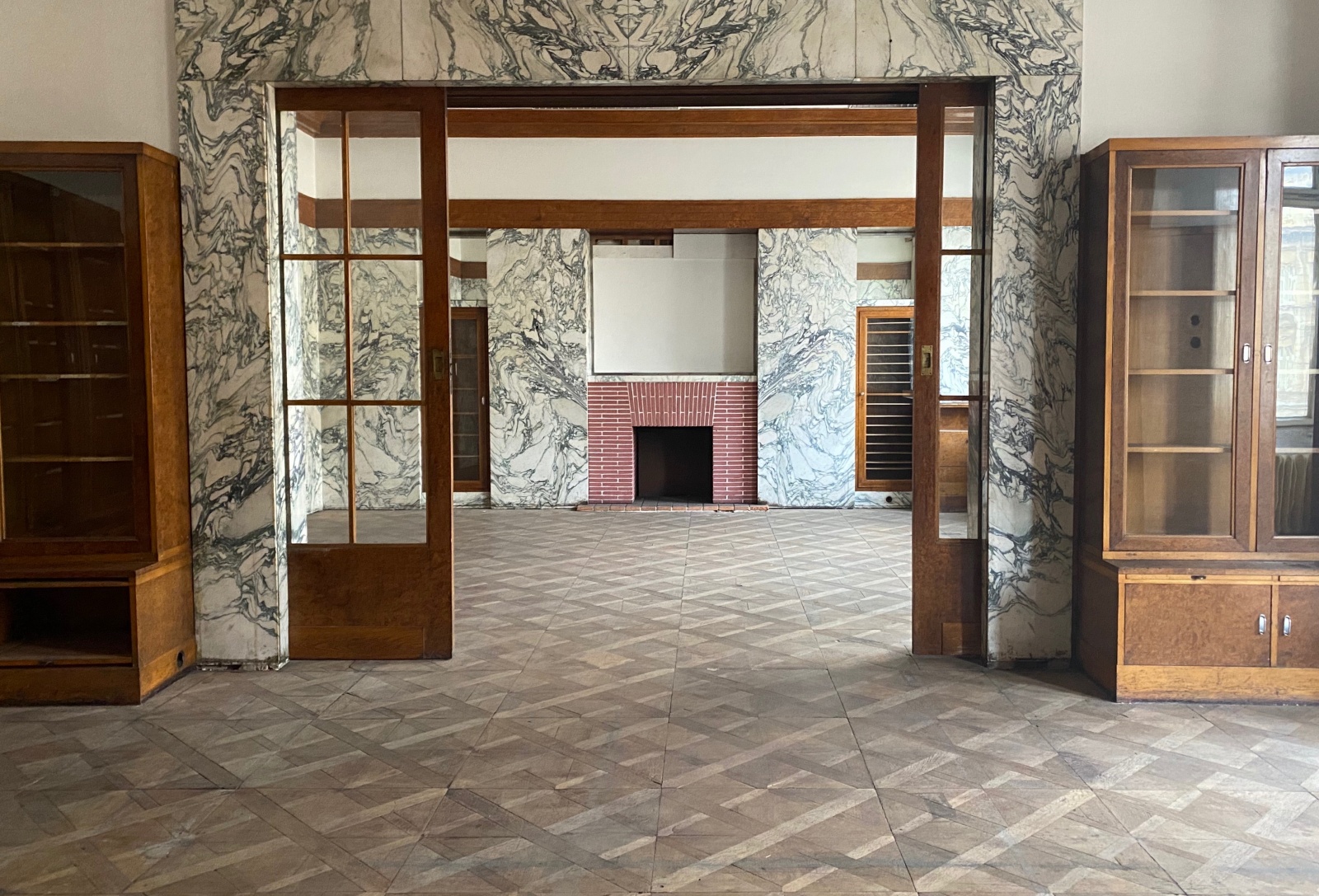
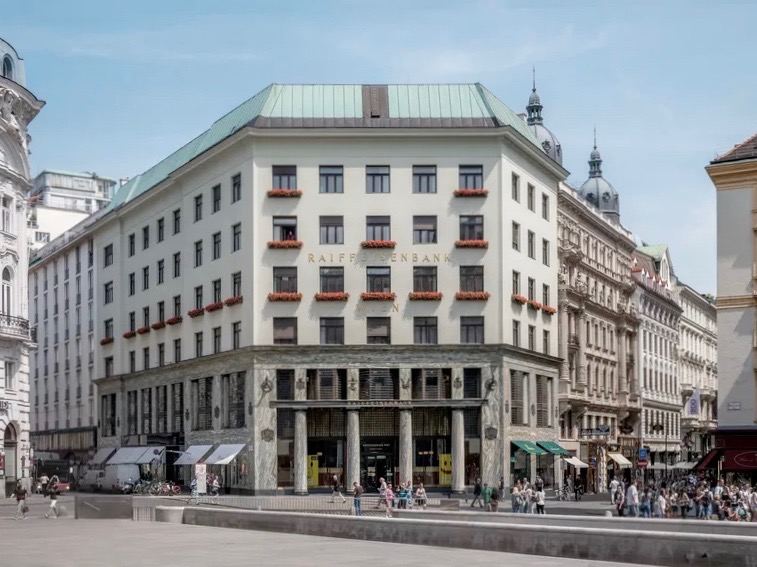
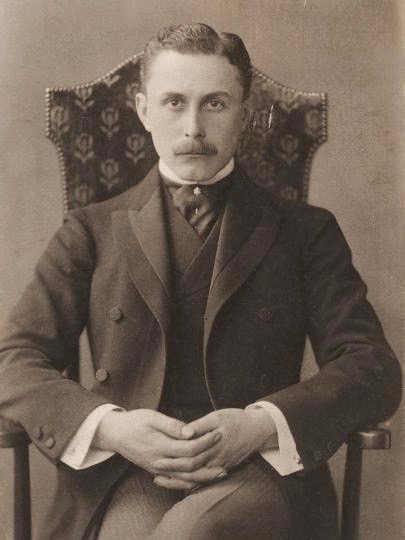
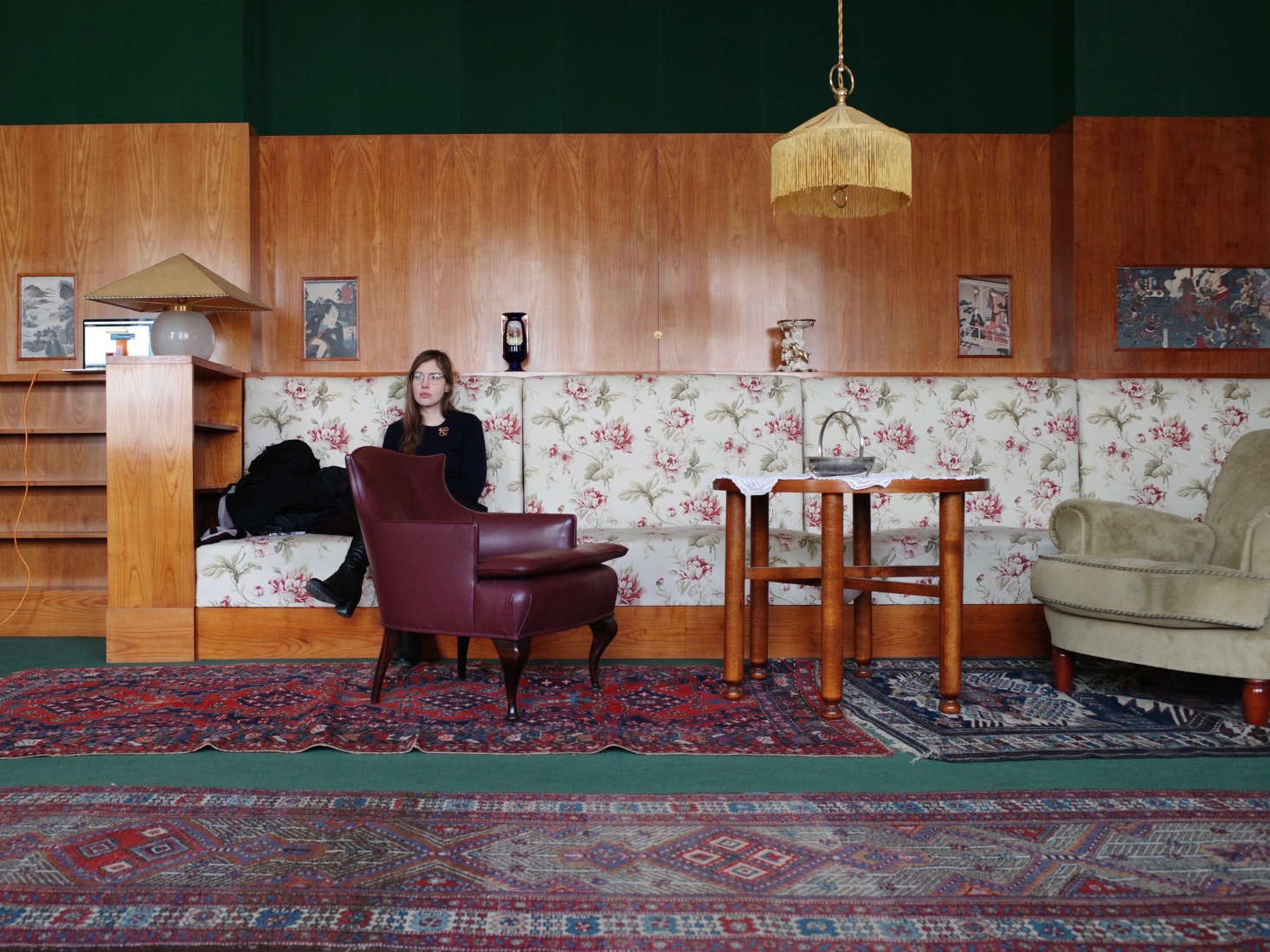
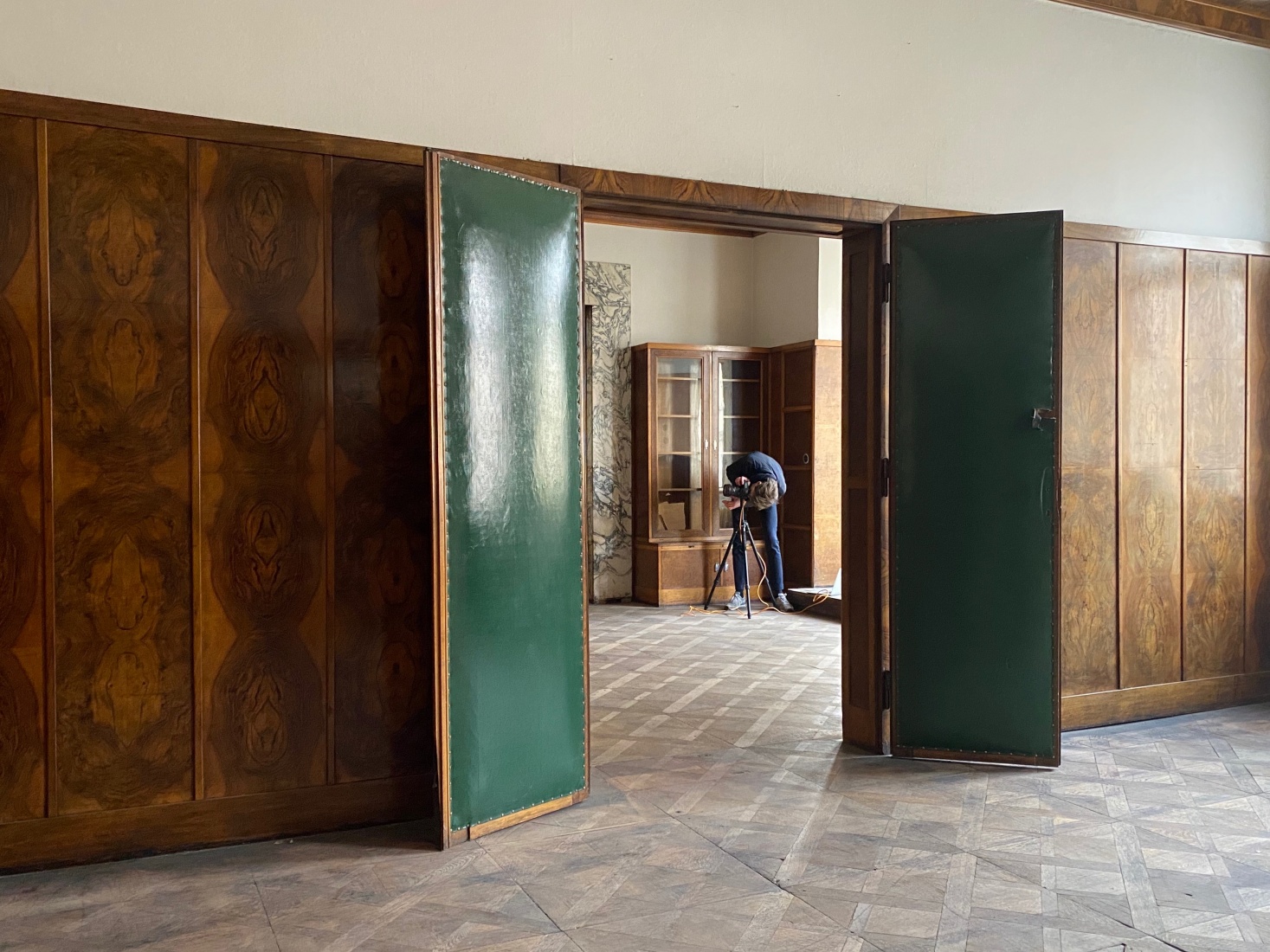
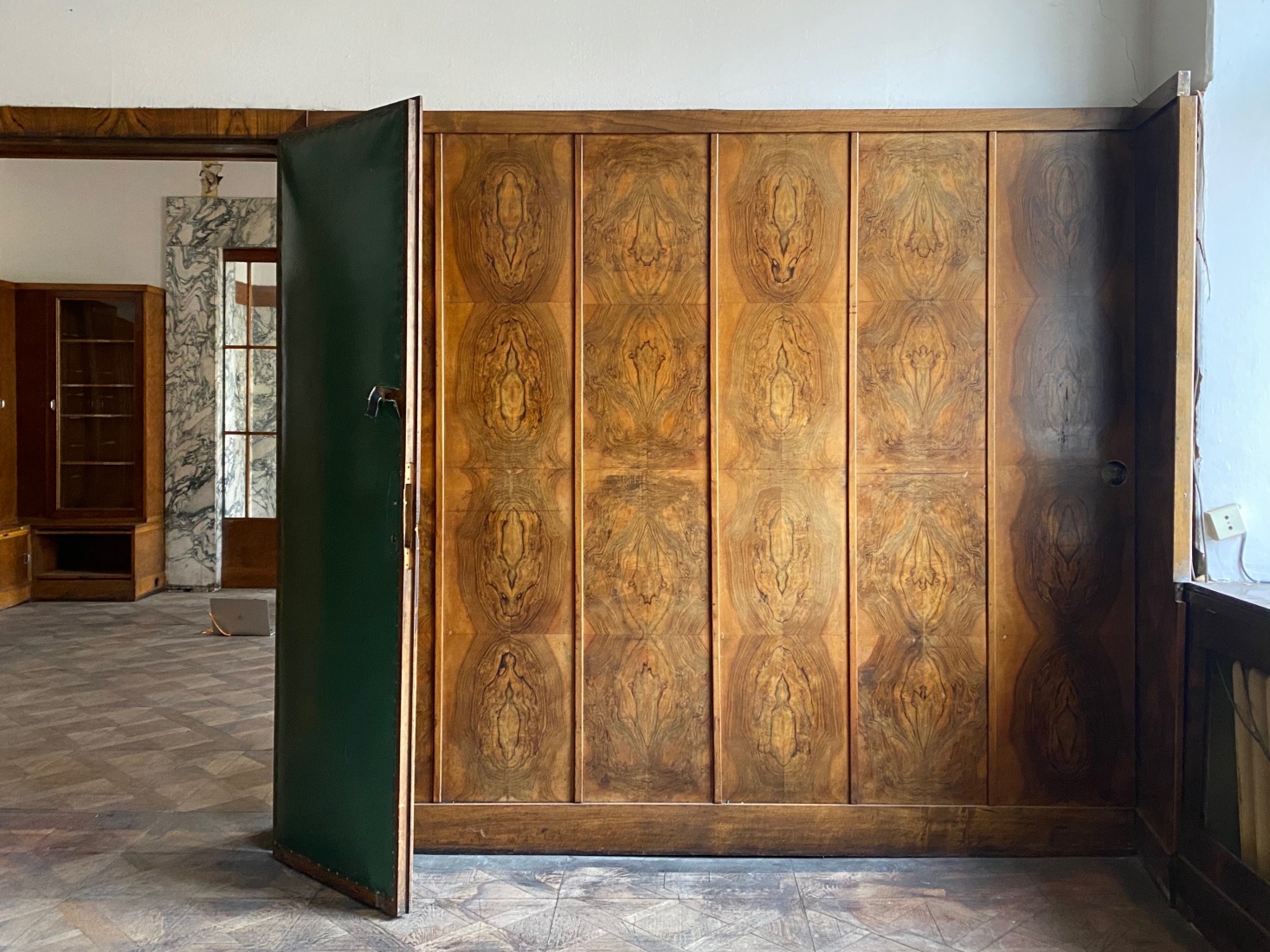
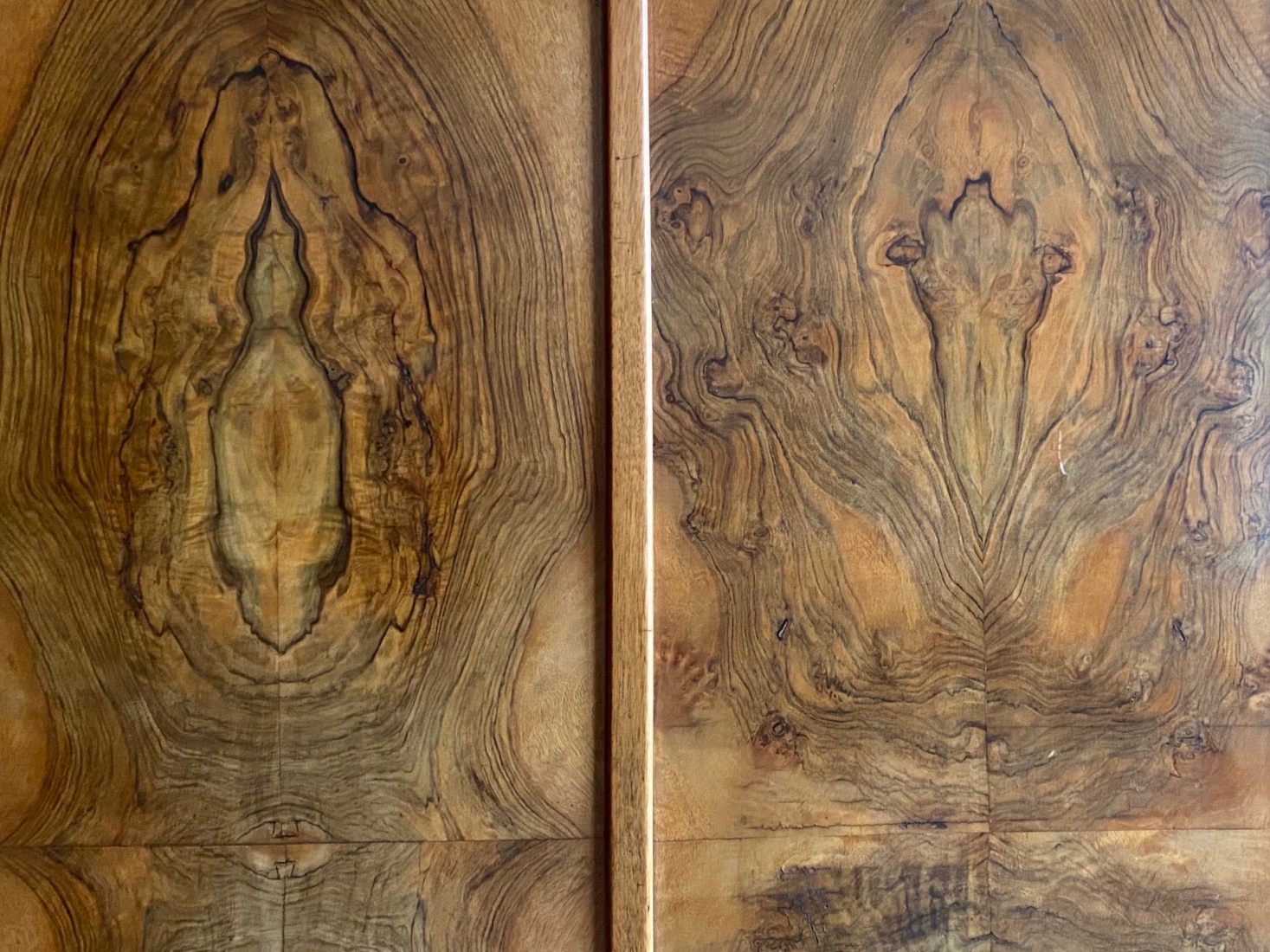
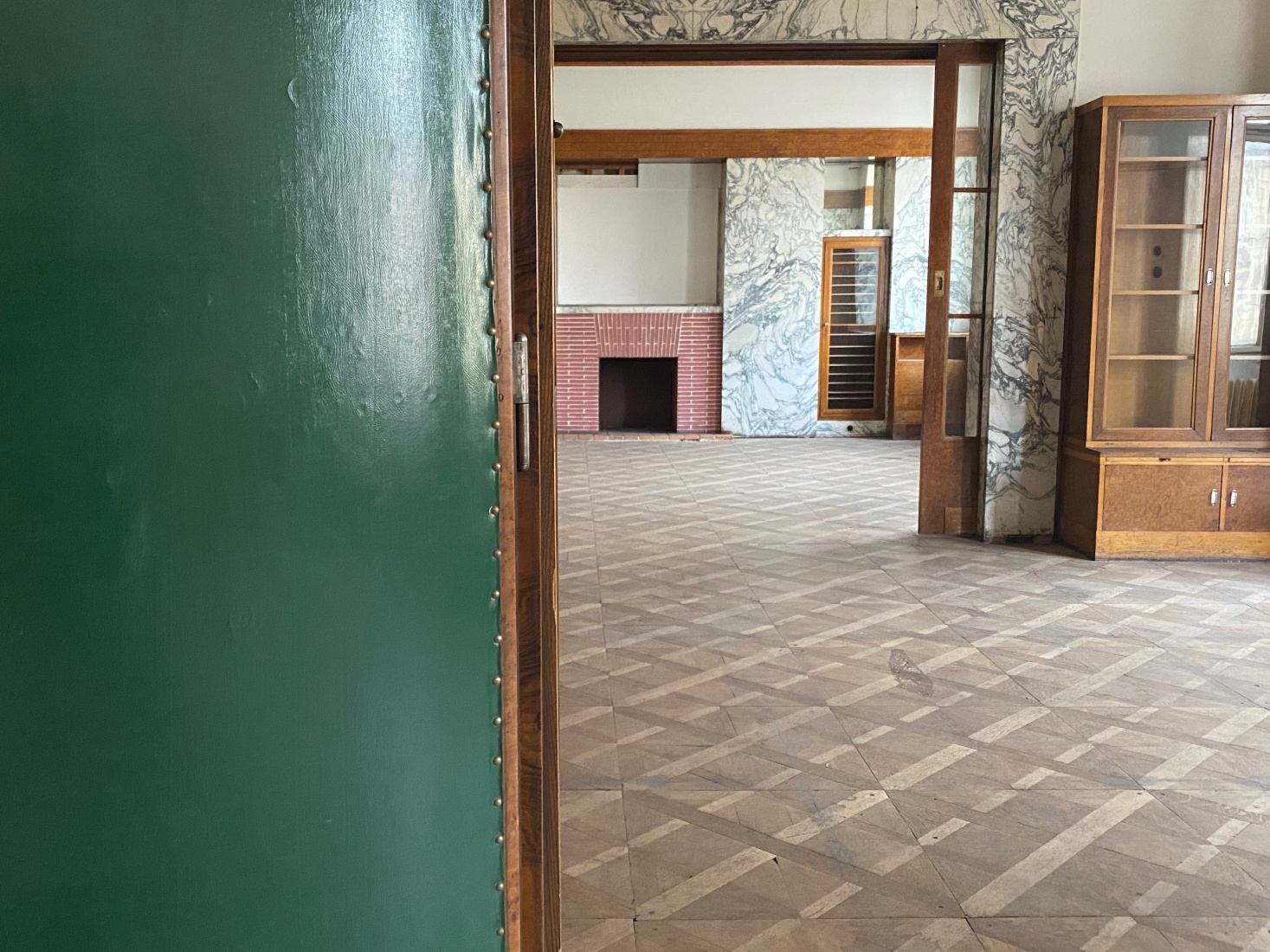
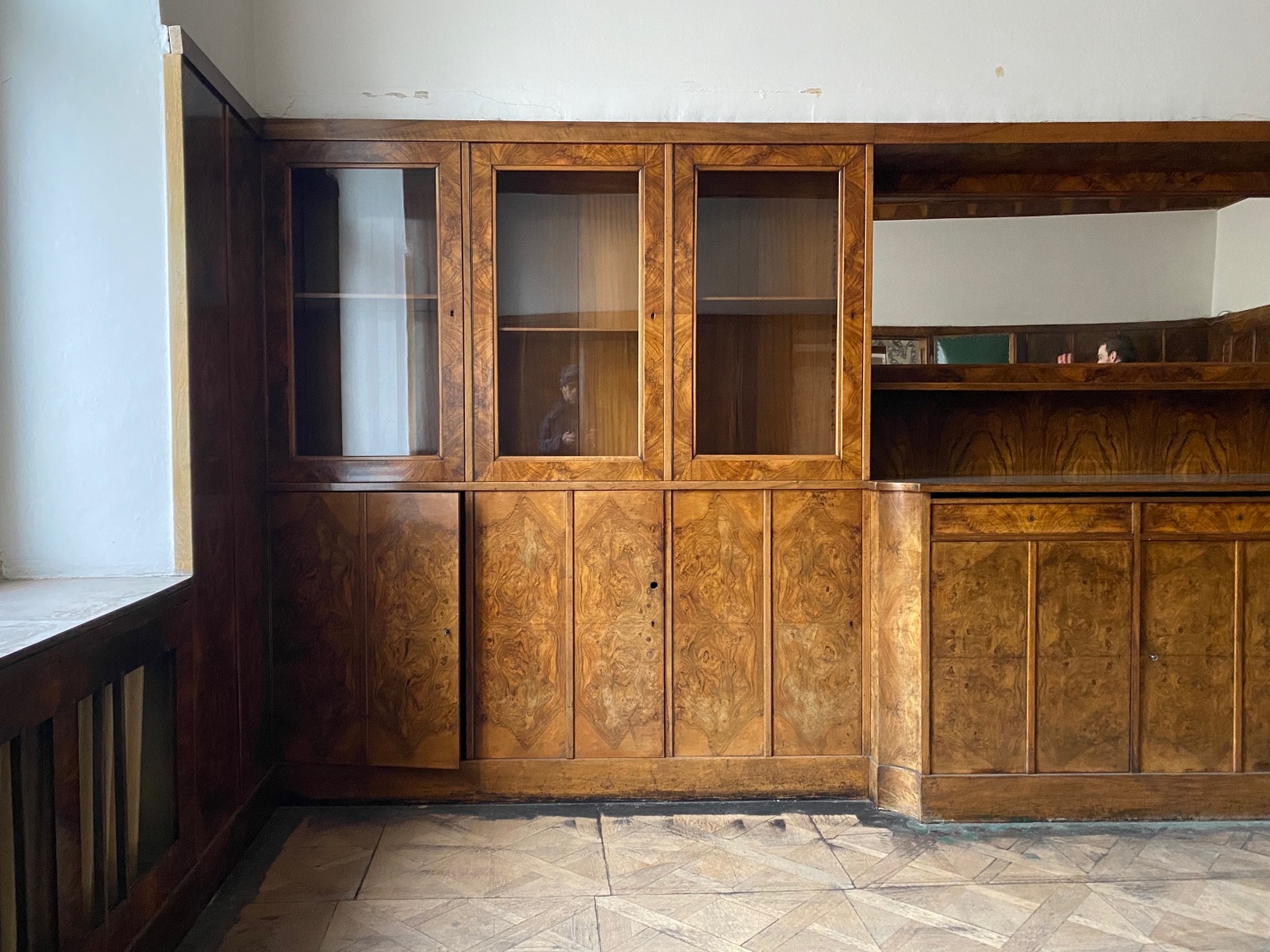
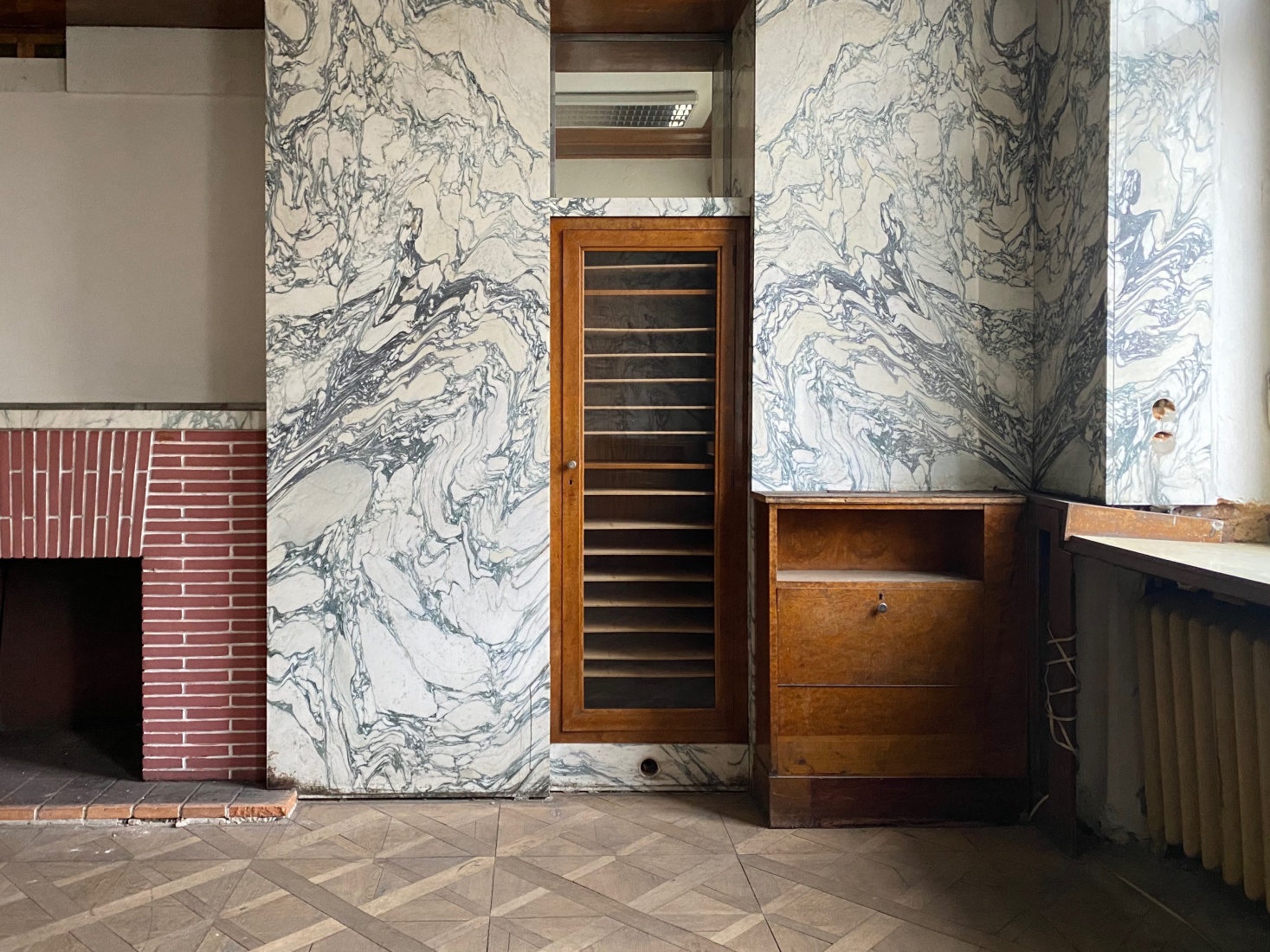
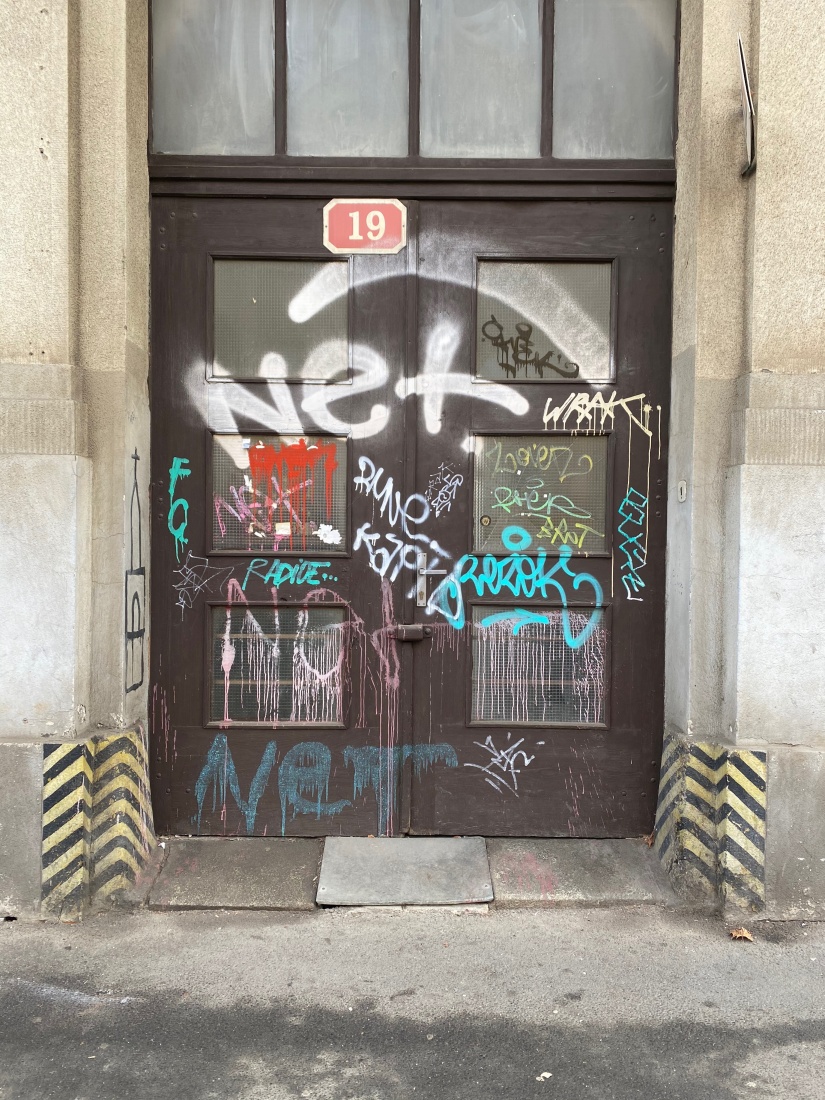
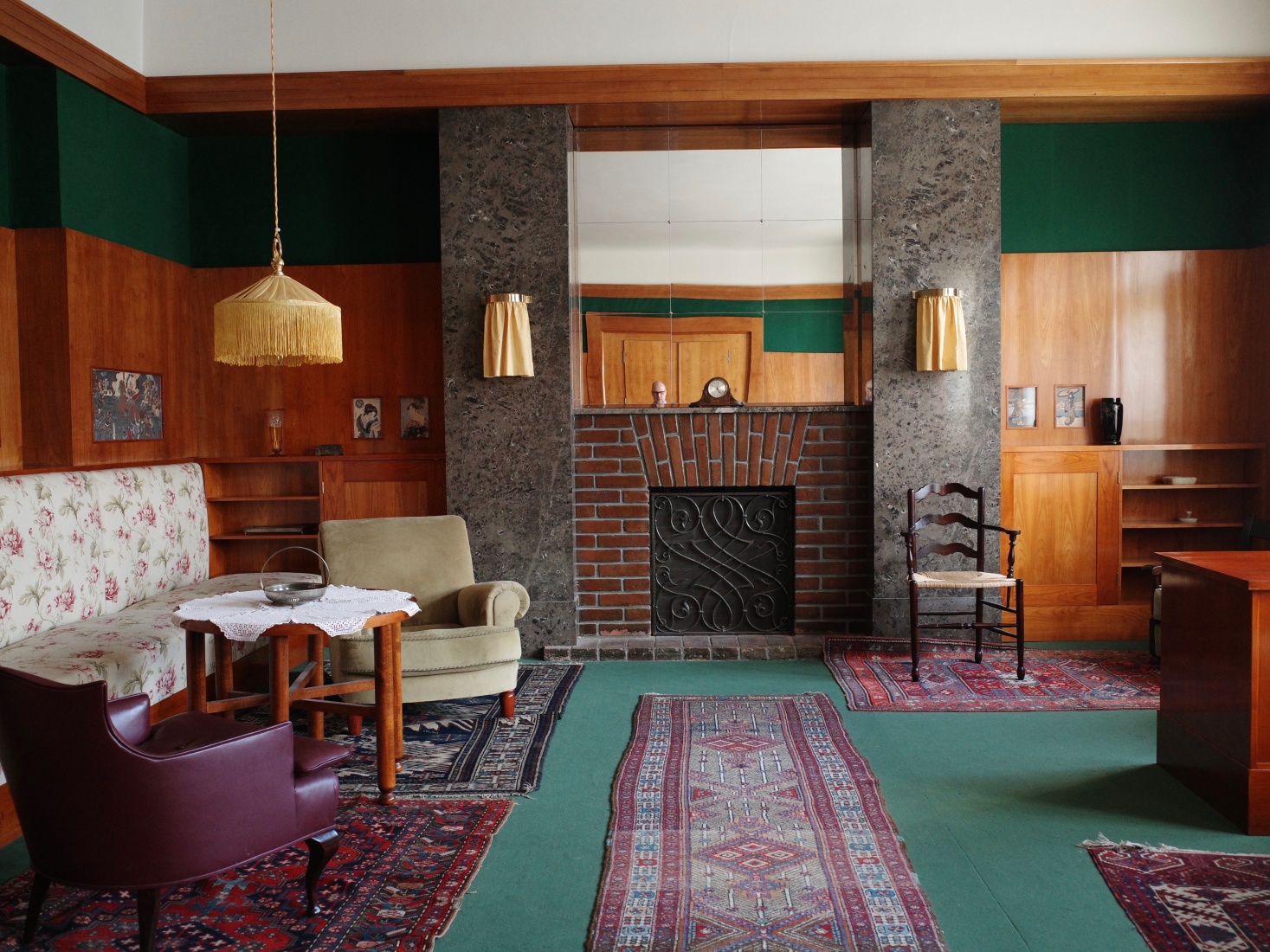
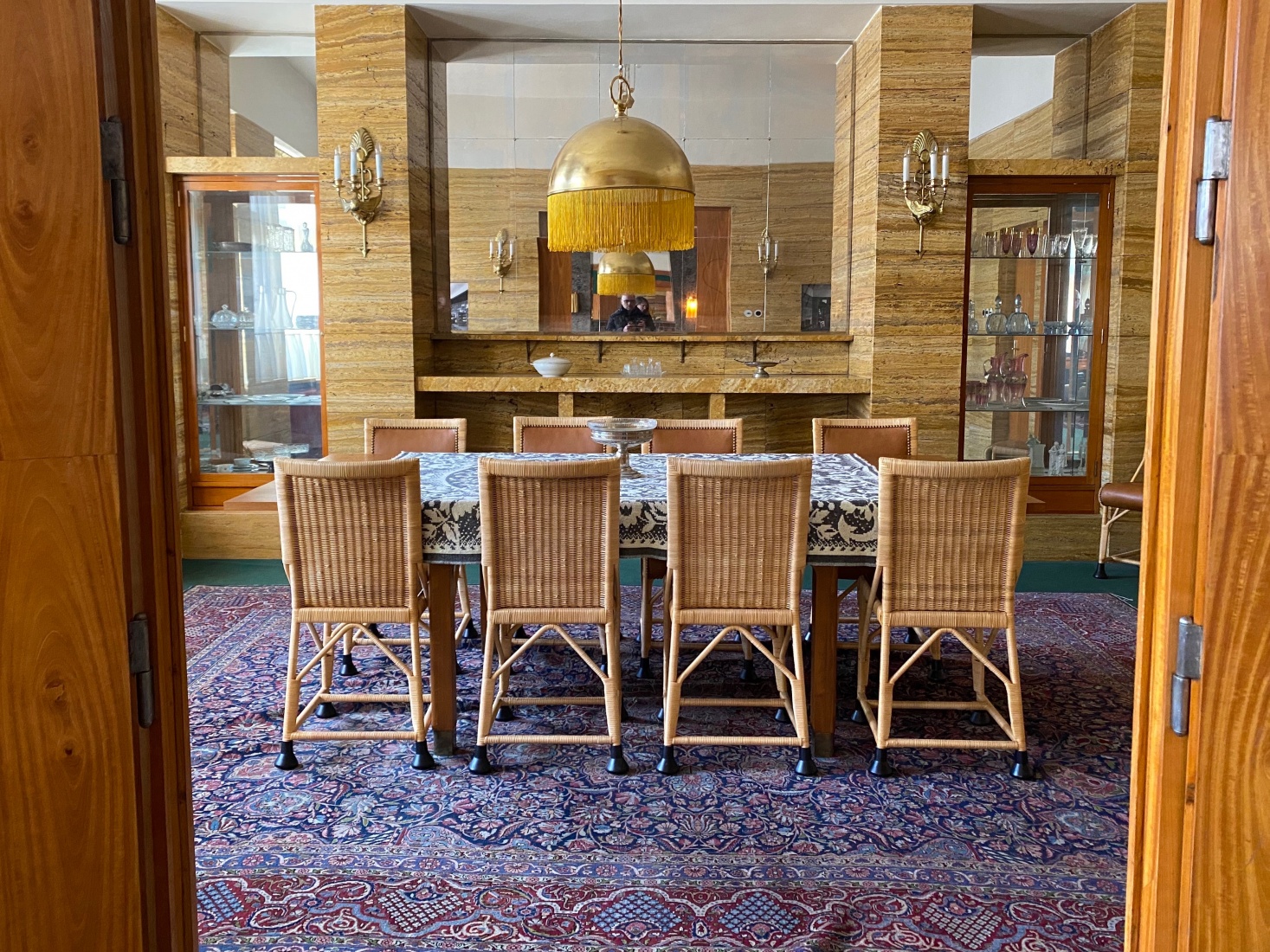
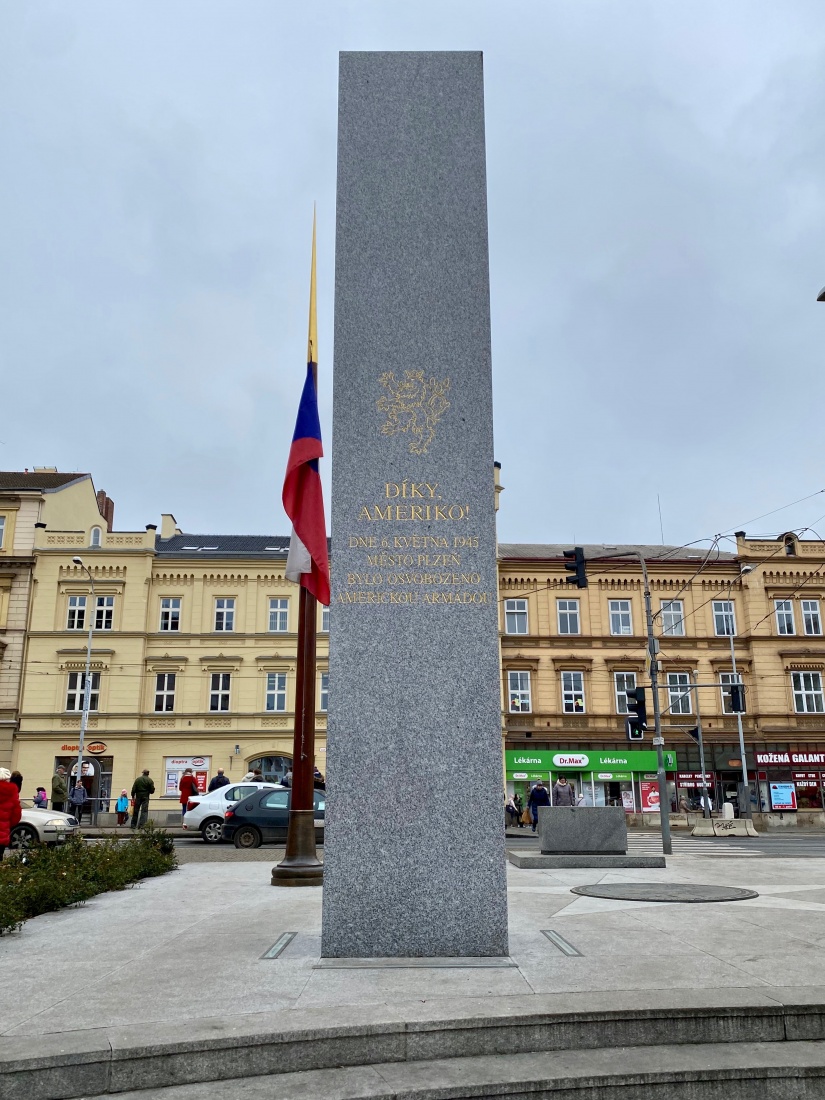
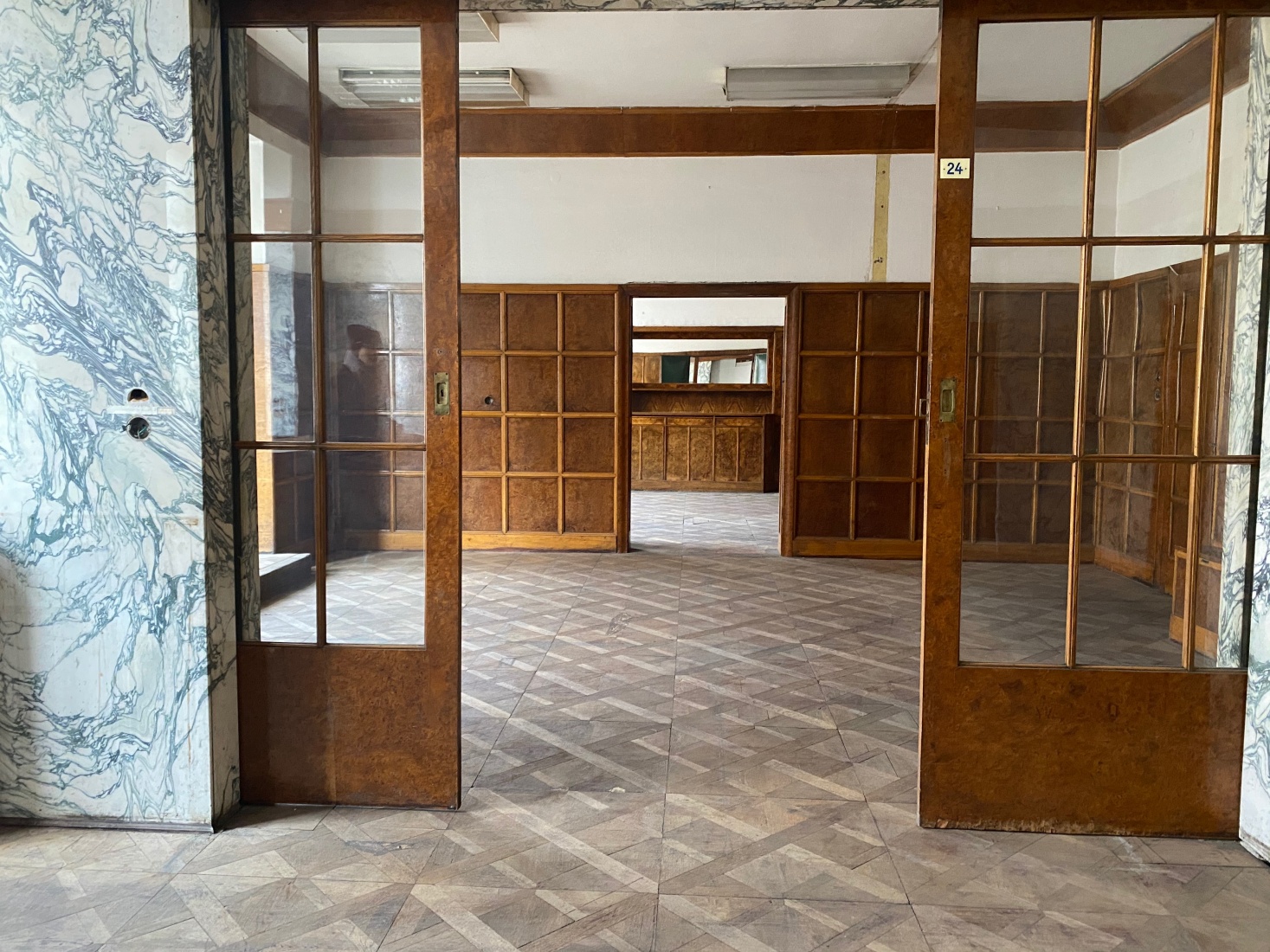

Warning – pedantic comment: why do you write Plze? and not Praha? 🙂 /pedant mode
Otherwise – very cool. Who owns the Semler apartment now? Such a shame – but it wouldn’t take much work to get it looking amazing again….
Hahaha … that’s a good point. I guess I was following Lonely Planet’s lead … Plzen and Prague. But come to think of it, maybe I should go back to Pilsen as it will be much more familiar to English readers. The city of “Pilsen” owns the apartment now and will eventually convert the space to a liberation museum.
Jen, I thought about it and you’re right … I changed the main spelling to Pilsen (one reason — not the only one — I could use an editor) 🙂
Sounds like Lonely Planet needs to get their names straightened out too 🙂
And thanks for the update – sounds like a great use of the space.
I always enjoy your travel articles. Thank you for writing!
Thank you too and thanks for leaving a comment!
A great story and wonderful interiors! Whenever I read your articles I’m instantly transported to Central Europe, especially the Czech Republic, which I crave more than ever in these testing times… many thanks.
Thank you Julie … the good news is that it’s still here waiting on you once all this passes.
What a great story! Thanks for the history lesson and also the photos. I actually really like this style or architecture!
Thank you, Pam. Me too!
Great tale, Mark. I never knew. Back in 1990, I was in Plzen for the 45th anniversary of the liberation. Scores of old US veterans showed up. They were paraded through the town by Czech enthusiasts in their resurrected WW2 jeeps and US uniforms. Look forward to reading the Kinfolk story.
Hi Peter, they were saying when I was there in January that this would be the last liberation festival where any real GIs might turn up. The youngest now would be in their 90s. Hope you are staying safe over there and thank you for reading and leaving a comment. Mark
Very interesting article, certainly helps with the lockdown to read such things. You’re right though and not even in big cities I have lived in a small town in Eastern Bohemia and I am constantly surprised at the local stories and history that abounds even in such a small area. I remember last year for the first time since I lived here I looked closely at our town war memorial. For the First World War the names were all men, likely young men, sadly nothing unusual in that, but for the Second World War they were entire families, Jewish families. As an Englishman used to seeing only the names of soldiers I found it quite profound and it really brought it home to me. Hard to imagine that a whole section of the population of a quiet and beautiful town were wiped out, not unique in Europe of course but certainly thought-provoking for me anyway.
Hi Mark, Thank you for reading the story and leaving a comment. I also enjoy (if that’s the right word) looking at and reading the various war memorials and trying to sort out the names and identities. Strange to think we’re also living in a time that will be remembered long after this is all over. Best, Mark
I am fascinated, Mark. Vadim and I visited the Loos flats just a few years ago after some of the funds frim Pilsen’s year as European Capital of Culture were used to renovate them enough for showing to the public. We learned a lot about the design details but nothing of the dramatic German surrender/suicide!
Hi Bonita, Thanks for reading and leaving a comment. I had the same experience. It seems they don’t realize that the interiors themselves tell only part of the story. I’d like to do a follow up sometime about the lives of the Jewish families who owned the apartments. Mark